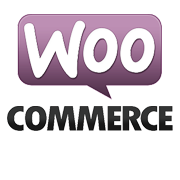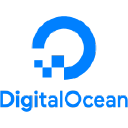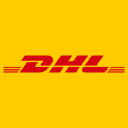How Two Brothers Started A $3.5K/Month Side Hustle Sells Custom Maps
Note: This business is no longer running. It was started in 2017 and ended in 2023. Reason for closure: Shut down.
Hello! Who are you and what business did you start?
Hello StarterStory! My name is Love Regefalk (yes – it actually is) and I am the co-founder of Mapsery. I founded Mapsery together with my twin brother, Daniel, and we run Mapsery on the side of our engineering studies.
The idea of Mapsery is to let you design a map posters of a place that’s meaningful to you, such as where you went to university, got married or where you grew up. Literally any location on the face of the earth can be chosen. All you have to do is to enter your preferred location, adjust the level of zoom and decide on a color theme and style that matches your criteria for an awesome looking poster. Want a map of London or New York? You got it! Want a map of the middle of nowhere? No problemo! Unlike regular stock posters, our posters can be customized in an infinite number of ways, making them truly unique and personal.
That being said, although our maps are unique, the idea isn’t. When we launched Mapsery at the end of 2017, there were two other competitors in this space. Since then, 5-10 new direct competitors have seen the light and space has gotten way more competitive.
Looking at our customers, they...

Download the report and join our email newsletter packed with business ideas and money-making opportunities, backed by real-life case studies.

Download the report and join our email newsletter packed with business ideas and money-making opportunities, backed by real-life case studies.

Download the report and join our email newsletter packed with business ideas and money-making opportunities, backed by real-life case studies.

Download the report and join our email newsletter packed with business ideas and money-making opportunities, backed by real-life case studies.

Download the report and join our email newsletter packed with business ideas and money-making opportunities, backed by real-life case studies.

Download the report and join our email newsletter packed with business ideas and money-making opportunities, backed by real-life case studies.

Download the report and join our email newsletter packed with business ideas and money-making opportunities, backed by real-life case studies.

Download the report and join our email newsletter packed with business ideas and money-making opportunities, backed by real-life case studies.






























